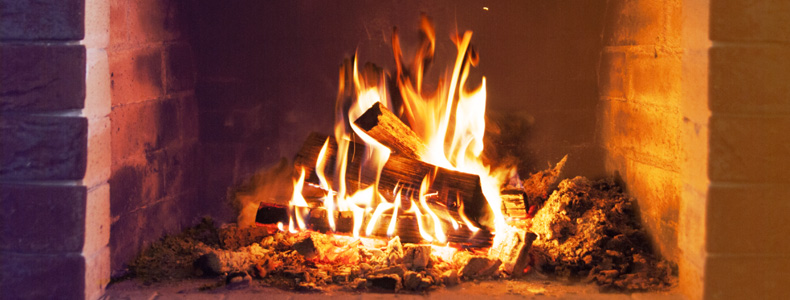When it comes to fire safety in your home, you know how important it is to have working smoke detectors, educate your children about fire safety, and have an escape plan in the event of a fire.
However, fire prevention should also be a top priority for everyone.
Each year from 2017 to 2019, an estimated 368,500 residential building fires were reported to U.S. fire departments.1 This resulted in an average of 2,770 deaths, 11,650 injuries, and $8.1 billion in property loss each year.1
Keep these home fire safety tips in mind, especially during the winter months of December, January, and February when half of all home heating fires occur.2
Prevent heating equipment fires.
According to the U.S. Fire Administration, one in every seven home fires involves heating equipment.2 So what precautions can you take? The U.S. Fire Administration recommends the following:
-
Keep anything that can burn three or more feet away from any heat source. For instance, hand sanitizer shouldn't sit near a candle.
-
Keep portable generators outside, away from windows, and as far away from your home as possible.
Only plug one heat-producing appliance into an outlet at a time. For instance, you may not want to use the same outlet for your toaster and electric pressure cooker.
-
Have your chimney and vents cleaned and inspected every year by a qualified professional.
-
Store cooled ashes in a covered, metal container, outside and away from your home.
Keep your home safe from fires during the holidays.
Common holiday decorations are other potential fire risks we may not have considered. Since holiday decorations increase the risk of a home fire, the U.S. Fire Administration also recommends the following:3
- Keep candles 12 or more inches away from anything that burns.
- Keep trees well watered and three or more feet away from any heat source.
- Read manufacturers’ instructions for light strands.
Fire prevention is an essential component of home fire safety, so make sure you take the proper precautions throughout the year, especially during the colder, holiday months.
For more information about fire safety, visit usfa.fema.gov.
- https://www.usfa.fema.gov/downloads/pdf/statistics/v21i2.pdf
- https://www.usfa.fema.gov/downloads/pdf/publications/winter_infographic.pdf
- https://www.usfa.fema.gov/downloads/pdf/publications/winter-holiday-fires-infographic.pdf
Categories: Home Safety/Childproofing, Safety Tips
